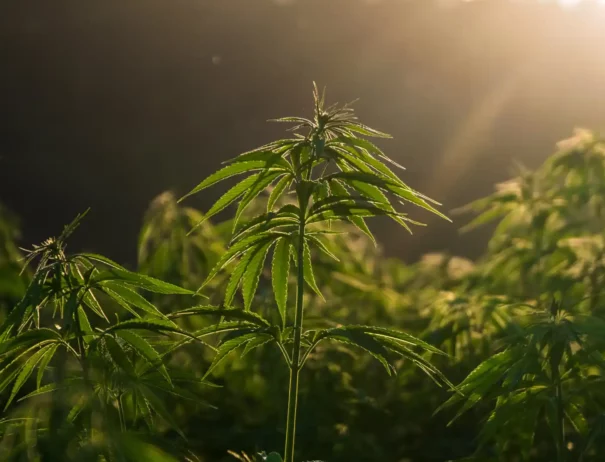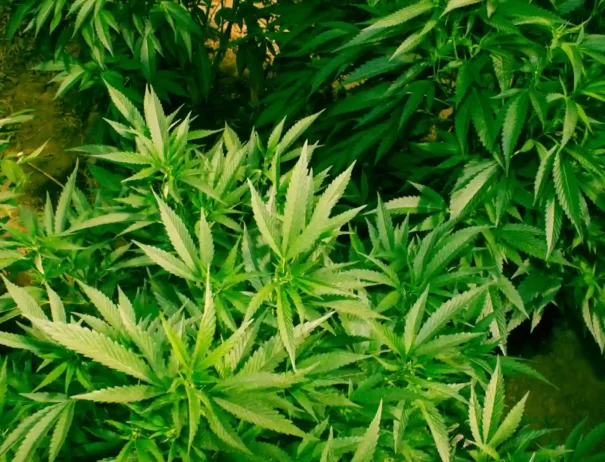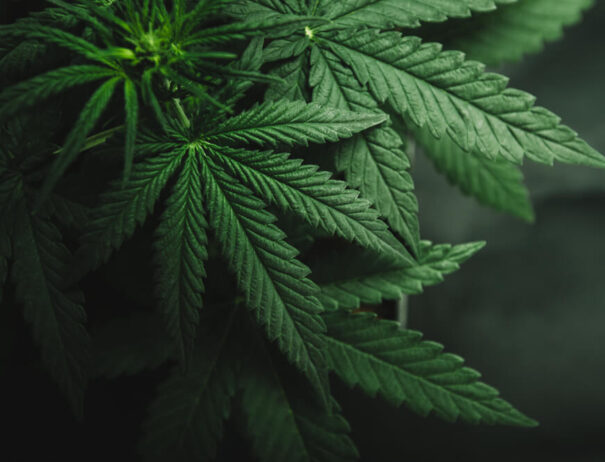Study Shows Medical Marijuana Reduces Opioid Use for Patients in Ohio
Opioids continue to be many doctors’ chosen frontline defense against pain and certain chronic conditions. Unfortunately, these drugs aren’t just powerful pain-relieving medications. They are also highly addictive and can quickly decimate a person’s life, leading to physical and mental dependency.
For some time, there have been reports that cannabis could be the key to helping ease the opioid addiction crisis in the U.S., with the goal of reducing the number of painkillers and opioids needed to help patients treat chronic pain. Now, there is a new study out of Ohio showing how medical marijuana has helped patients reduce their opioid use and potentially the use of other dangerous and illicit drugs.
The Results of Ohio’s Medical Marijuana Study
Ohio’s recent study surveyed 3,500 state medical marijuana patients and caregivers. Through the Ohio Department of Commerce, as well as online and social media, researchers found that nearly 77.55 percent of those surveyed said that marijuana use helped reduce their need for prescription painkillers. 26.78 percent of respondents said that marijuana use helped diminish their need to use other illicit or illegal drugs.
Respondents who used cannabis daily reported being “more likely to agree that using marijuana reduced their need to use prescription painkillers compared to those who used marijuana less than daily,” according to one researcher. The results were similar for other illicit drugs, with daily cannabis users being more likely to say that marijuana also helped them reduce their need to use such drugs compared with less than daily marijuana users.
The report, published by the Ohio State University Law School’s Drug Enforcement and Policy Center, echoes previous research that suggests marijuana may help curb the opioid crisis by reducing a person’s need to consume strong and addictive painkillers like opioids. One study suggests that states with legalized medical marijuana programs see a decline in nonmedical opioid use. Another study suggests that cannabis can significantly reduce the use of prescription opioids and help patients improve their quality of life.
A study from researchers in Oregon found that those in neighborhoods with access to retail marijuana had lower rates of prescription opioid rates than those in areas without access to cannabis.
How Do Opioids Work?
Opioids like morphine, codeine, oxycodone, and fentanyl activate nerve cells in the brain called opioid receptors. These receptors help block pain messages between the brain and the body, and the drugs can also give people a sense of relaxation and euphoria. Long-term opioid use can trigger a tolerance in the body, meaning it takes more of the substance to produce the same pain-relieving and euphoric effects.
Opioid addiction occurs thanks to long-lasting changes in the brain triggered by long-term opioid use or dependence. People may experience compulsive or uncontrollable drug-seeking behaviors that can physically, emotionally, and financially ruin their lives. Even controlled, prescribed opioid use can lead to opioid addiction.
Why Are These Findings Significant?
The Ohio researchers suggest that this study, and others like it, should be the turning point for policy discussions. The report says, “Several policy implications should be mentioned in light of these findings. First, if Ohio probation and parole offices include a prohibition of marijuana use for individuals with a history of opioid use, those offices may want to consider weighing the costs and benefits of removing those prohibitions (and thus any potential technical violations).”
If marijuana can help people kick an opioid or drug habit, the completion of probation and rehabilitation of certain criminal offenders could hinge on giving these people the tools they need to be successful. Researchers believe it is a discussion worth having.
Study authors say, “For evidence-based support, researchers could encourage probation and parole offices to assist with randomized controlled trials where some individuals are assigned to a marijuana prohibition and others are not assigned a marijuana prohibition. The success of either assignment could be judged by examining outcomes such as other drug use, technical violations, and or [sic] new crime commission.”
How Marijuana May Help Reduce Opioid Use
Researchers have found no single, clear answer for how or why marijuana use helps to reduce opioid use or addiction. The answer may be complicated and multifaceted. Numerous studies indicate that specific chemical compounds in cannabis plants, like cannabinoids and terpenes may provide pain-relieving effects and help those with chronic pain manage their conditions. Part of the answer may be that marijuana has therapeutic and pain-relieving benefits that reduce the need for patients to consume potentially dangerous and addictive opioids.
Simple pain relief may only be one part of the equation, though. Patients in one study reported other therapeutic benefits when consuming marijuana, like improving sleep, improving brain functions, and reducing anxiety. In addition to pain relief, these “side-effects” heighten the quality of a person’s life and enhance overall well-being. In contrast, although opioids provide essential pain relief in certain medical situations, they carry the risk of addiction, which can significantly reduce quality of life and overall well-being.
Other studies show similar outcomes, linking marijuana and cannabis consumption to an overall decrease in opioid prescriptions and a reduced dependence on opioids and other prescription medications to treat pain and other significant medical conditions. There is also scientific evidence that shows cannabis may help ease the severity of opioid withdrawal symptoms and help prevent opioid relapse by reducing the rewarding properties of opioids in the brain.
The most recent study out of Ohio helps to add to the growing body of medical research that suggests marijuana may merit closer examination as a source of pain management and as a drug addiction tool. The hope for many scientists and researchers is that moving marijuana from a Schedule I controlled substance to a Schedule III substance would make progressive and robust marijuana research more accessible and help reduce obstacles in conducting clinical trials with cannabis products.
You can learn more about this topic and others by bookmarking Cannabutter Digest. We provide thoughtful and in-depth coverage of marijuana stories that matter to you. Follow us for more cannabis-related news, recipes, and product reviews.

Get Your Free eBook!
Download our FREE resource, The Ultimate Edibles Guidebook, full of recipes, infusion tips and everything you need to make your first batch of edibles today!



